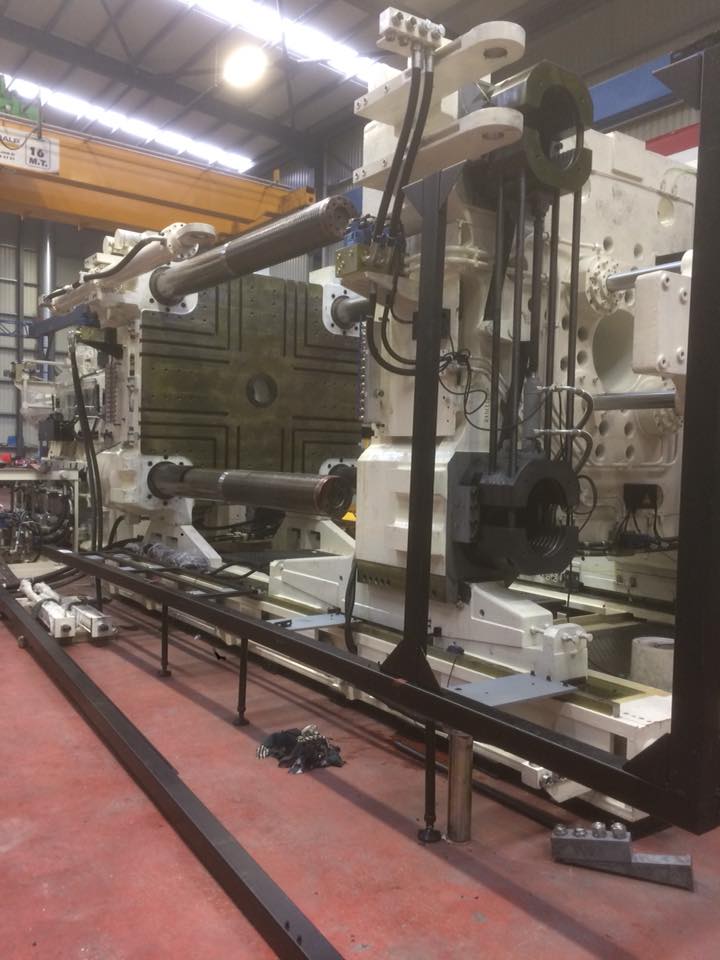WHAT IS MODEL?
In order to obtain the sand molds of the parts formed from pour-formed metal and alloys, it is obligatory to make similar molds according to the molding and processing principles. Wood, metal, plastic or all three of these samples made using the “MODEL” is called.
WHO IS THE MACHINE MODEL?
Specialists who practice this art and are trained in this subject are called machine models.
A good machine modeler;
– He knows the technical picture well,
-Department information,
– Knows general leveling operations.
It is important to remember that the machine modeler of wood, metal, plastic, etc. modeling applications should be able to do well.
WHAT IS MACHINE MODELING?
The purpose of the modeling profession is to make the elements that provide the sand mold to be cast. As the facilities and technology of foundries evolve, the models to be used here can also be manufactured in a compatible manner. In the developing industry of the machinery industry, the machine model has taken its place as the first step in manufacturing.
The most effective way of making the machine parts that cannot be formed by twisting is by pouring (melting and melting of mines under high heat effect).
The construction of the machine parts to be poured passes through various steps.
These steps begin with machine painting and continue with the model. After that, the casting and leveling stages come. The art of doing similar.
The models can be made simple and can be arranged on the basis of mass production.
1. Free Model
Free model is a one-to-one copy of the cast piece to be produced and it is a cheap, simple and widely used model type. In the sizing of the free models, the drawing and processing shares are taken into account. The spade heads that form the slots of the cores to be placed during the molding are also found on the model. They are usually made of wood, but metal, plastic, plaster, wax or other suitable materials can also be used. In free models, molding is often done manually, so the method is slow and expensive. During the molding, the model is divided into two parts in order to peel off the sand from the sand. The positions relative to each other with the pins are the joining surface of these two defined portions, as well as the section surface of the mold. In the case of sand molds, gating, exit and other cavities, which are usually manually opened, can be considered as models with separate models or if desired.
2.Leveled Models
In the cases where machines are used in molding, and especially in the production of a large number of small parts, double sided plate models are used. The upper and lower parts of the model are mounted on the upper and lower faces of a wooden or metal plate forming the section surface. These models, which are mostly metal, are also produced by sand or plaster casting. Vertical and horizontal runners and, if possible, protrusions are placed on the plate model. These models are often used in molding machines with high production speeds. The high product life, size accuracy and high production efficiency in serial production cover the costs for these models.
The purpose of adding shrinkage to the dimensions of the model is to take into account the size changes during the shrinkage of the ply, that is, cooling down to room temperature after the solidification of the metal in the mold. In fact, this volumetric contraction is given in mm / m unit linearly. Therefore, the model is sized as large as the share of the piece to be cast. The numerical value of the pull-out shall be selected according to the dimensions of the part, the type of metal, the approximate temperature of the mold after casting and the resistance of the mold against the shrinkage of the cast. There are some linear tensile values for some materials in sand casting. Some metals have their own specific draw behavior. For example, while the tempered cast iron is solidified as a white cast iron, it attracts a little amount of self, but then the tempering in the heat treatment increases the volume due to the decomposition of the graphite. Therefore, the difference between these two values is taken as the pull share in this material.




